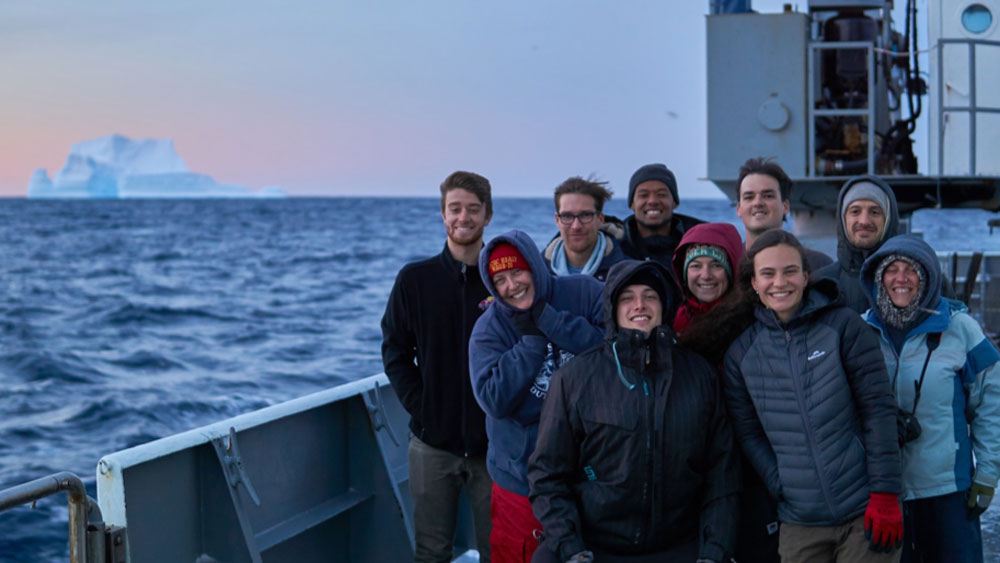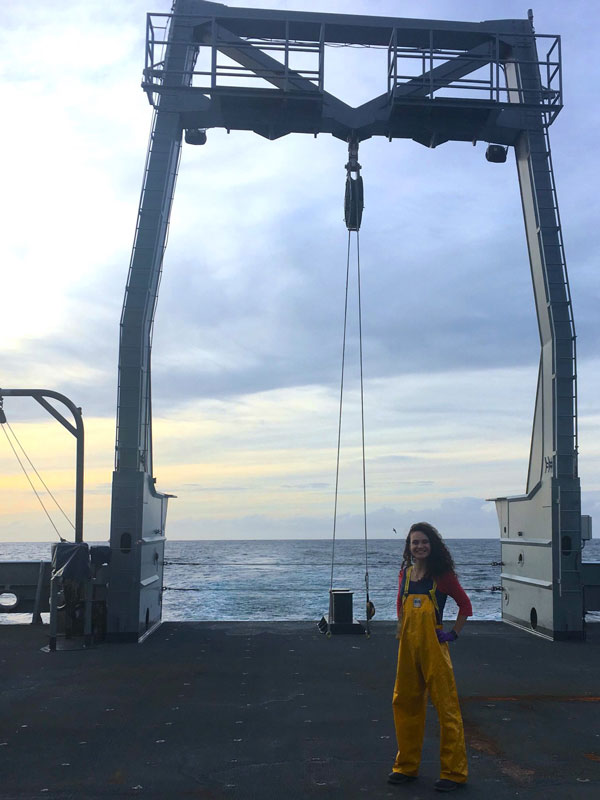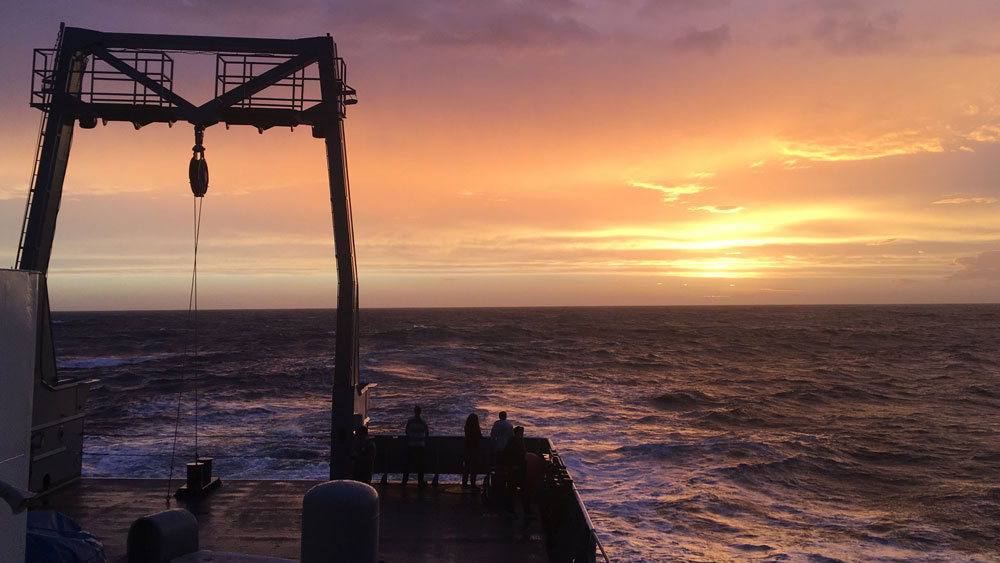
Finding her sea legs on a 40-day research expedition, Loicka Baille, a senior in the Department of Ocean Engineering at Texas A&M University, spent last semester on the Global Ocean Ship-based Hydrographic Investigation Program (GO-SHIP) Cruise.
The only undergraduate student on a team of researchers, she traveled from Cape Town, South Africa, to Antarctica and back on a voyage to collect water samples along the I06S hydrographic line – a stretch in the southern Indian Ocean running between the two continents – for further research.
“There is a lot more to oceanography and to engineering if you combine both of them. The program was not ocean engineering-based, but being able to go out on a boat, see how it works and see how the engine works, was definitely a rewarding and useful experience,” said Baille.

The GO-SHIP Cruise, in partnership with the National Science Foundation, is an ongoing collaboration between the Department of Oceanography at Texas A&M, the Scripps Institution of Oceanography at the University of California, San Diego and the University of Washington. Every 10 years, the program sends a ship out to sea to collect samples in order to analyze the physical, chemical and biological properties of ocean water in key areas around the globe. These findings are then compared to previous expeditions, thus allowing researchers to track and gain further insight into the changes occurring within the Earth’s oceans.
Introduced to the opportunity through Dr. Alejandro Orsi, a professor in the Department of Oceanography who led the study, Baille was excited to apply her education to a real-world setting. Although the program was focused on oceanography rather than engineering, Baille found her background to be advantageous during the program as she analyzed the technology used throughout the cruise.
“I noticed that when we had very bad storms, we had some technical issues with the boat,” she said. “And that's when details, like rolling angle, were critical – which means that the boat is rocking way too much to the point of tipping.”
Along with bridging the two disciplines, Baille was tasked with operating the collection equipment, called a rosette. This mechanism, which is made up of 36 bottles that hold 11 liters of water each, is sent to the bottom of the ocean before being raised slowly. Each bottle is able to be closed individually by the operator, allowing water to be collected from different depths.

Her experience renewed her passion and interest in engineering new technologies as she recalled that many of the measurements on the expedition were done by hand, rather than through computational means.
“We were part of one of the best programs that exists for oceanography,” said Baille. “We used high-tech equipment. Still, with all of that, I can see how much improvement can be done on the technology side. I realized how much potential there is still to reach in those areas.”
Now, as she looks forward to pursuing a doctoral degree in ocean engineering, Baille has found herself face to face with another exploration of the events taking place around Antarctica.
“I would love to create technology for oceanography purposes,” she said. “For example, I was talking to this professor up in Boston, and he creates technology to follow whale migration through Antarctica or to study the health of emperor penguins. All of those would use acoustics and that's definitely ocean engineering, but for more science-based purposes.”